If someone had asked me what sustainability was a few years ago, I probably would have given them a textbook definition or a clichéd response. But today, my answer is different. I see sustainability as a way of life, a belief system. So, what changed my perspective? What made it so deeply ingrained in my daily thoughts and actions? It took a master’s degree and a fellowship to make it a part of who I am.
Studying Sustainability
When I began my master’s program in 2021, I was filled with high hopes. I believed that as soon as I completed my degree, I would start my own venture and “save” the world. There was always this feeling that I was doing something superior, that if I hadn’t chosen to study sustainable management, the world would be doomed.
Yet, ironically, I was also gripped by the fear that no matter what we did, the world would end. My peers and I often discussed how the planet could never truly recover. This anxiety loomed over us, making us feel like we were fighting a losing battle. We worked towards sustainability almost as if we were trying to reverse an inevitable disaster. The savior complex, backed by environmental anxiety, never left me—until I started working at EarthJust last year.
Living Sustainably
In my first week at EarthJust, I had conversations that completely changed my belief system. Every time I spoke with a team member, they would say, “We are spreading the joy of sustainability.” At first, I didn’t fully understand what they meant. Then, one day, Shruti asked me,
“Why do we fear doing good for the environment? Why can’t it be something we enjoy? What if we create a sense of belonging, a feeling of celebration for the planet? Wouldn’t that make people embrace sustainability wholeheartedly? Wouldn’t their actions be more organic, more lasting?”
Suddenly, old conversations flashed in my mind. I had always spoken about sustainability with a sense of urgency, almost as if I were trying to instil fear in people. I unknowingly pushed the idea that only fear of catastrophe could drive change. It took me a long time to realise that my approach was flawed.
Satat Shikshak Samudaya
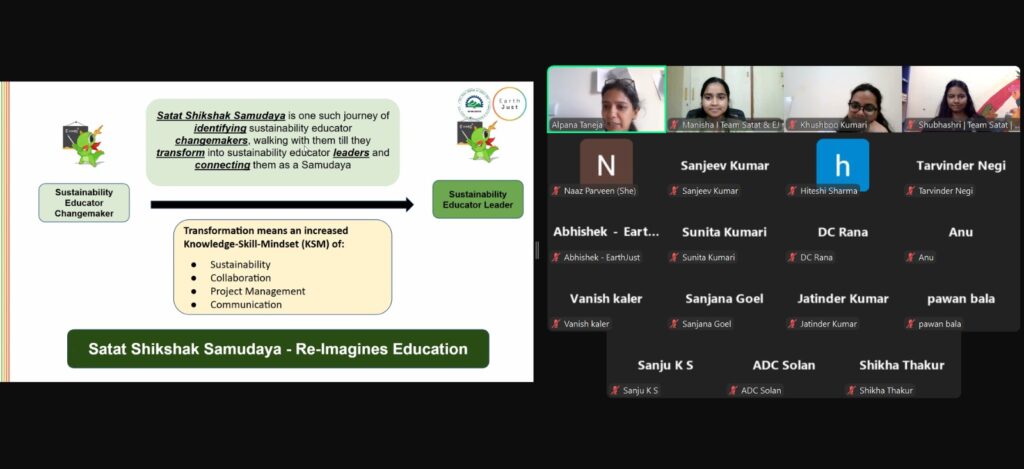
At first, it was hard to grasp how shifting my mindset could make a difference. But slowly, things started to change. Every Saturday, we had sessions as part of our program, Satat Shikshak Samudaya. Educators would share their journeys of working on sustainability action projects. They would exchange plants, collaborate with each other, and extend their impact beyond schools into local panchayats.
Initially, I assumed they were doing this for rewards. So, I asked Manisha how the program worked—if there was some tangible award waiting at the end. She told me, “There is no reward. The idea is to promote collaboration over competition.” That was when it struck me: shifting perspectives truly changes the narrative.
When people are guided to see joy in their efforts rather than focusing on outcomes, they work with their whole hearts. They don’t act out of fear of failure or the desire for rewards. They act because it feels right.
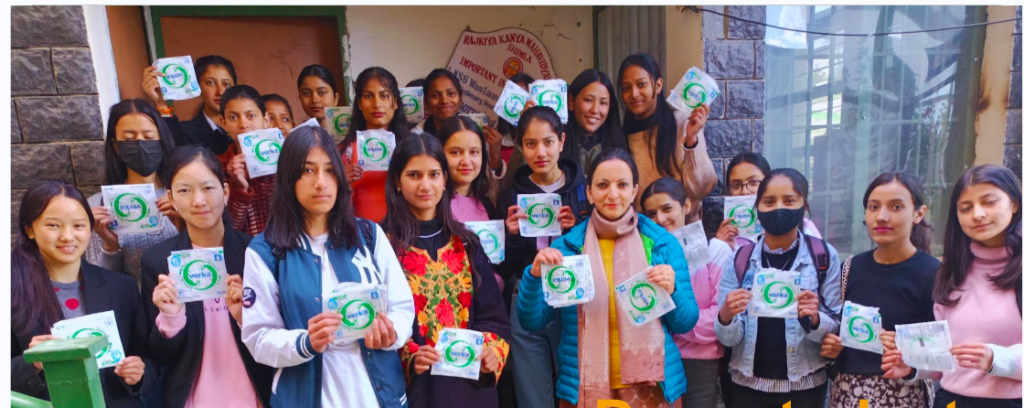
Turning Point
That moment was a turning point. Not only did I start seeing sustainable actions more positively, but my saviour complex also began to fade. I realised I could not create change alone. Sustainability isn’t about individual heroism—it is about collective action. The ripple effect of sustainability multiplies only when people come together.
I started thinking about what would happen if governments, businesses, institutions, and individuals all carried the saviour complex. If everyone acted alone, nothing would be truly sustainable. Sustainability, after all, mirrors the natural world. Just like ecosystems, where different species depend on each other, humans must work in harmony with nature and with one another. Yet, as the so-called “smartest” species, we often fail to see the simplicity of this truth. The answer has always been there—coexist with nature for nature.
That is why sustainability needs to be a way of life. It cannot just be something we discuss in seminars or workshops. It has to be something we live. Small, consistent, and collaborative efforts are what truly lead to a better planet. And the best part? You don’t need a master’s degree to contribute to sustainability. All you need is intent, passion, and joy.
Not Fear Bound Anymore
A few months of embracing this mindset have changed me profoundly. I no longer act out of fear. I happily compost, segregate my waste, and reduce my consumption of packaged foods. There is joy in sharing, renting, and repurposing. There is a newfound sense of community, collaboration, and connection with nature. I have stopped seeing nature as something separate from me—it is a part of me, and I am a part of it.
Mahatma Gandhi once said, “Be the change you want to see in the world.” So, I start with myself. This journey—from being a pessimist struggling with eco-anxiety to becoming an optimist who finds peace in collective efforts—has been transformative. I have learned to let go of the burden of single-handedly saving the planet. Instead, I now embrace the joy of working together for a sustainable future.
And while I have come a long way, the journey is far from over. There is so much more to learn, so many more perspectives to shift, and so many more hearts to inspire. My goal now is simple: to spread the joy of sustainability to everyone I meet. If I can change even one person’s mindset along the way, I will be content. Because change, like sustainability, thrives when it is shared.

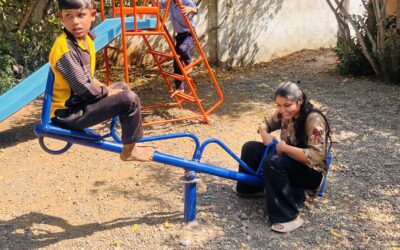
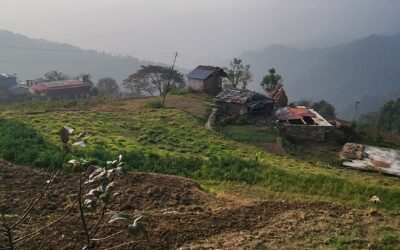
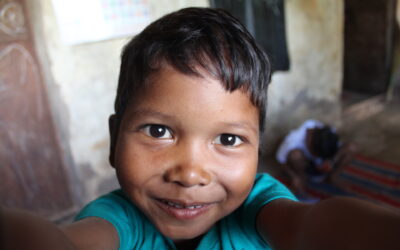
0 Comments